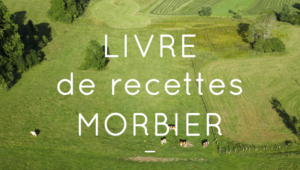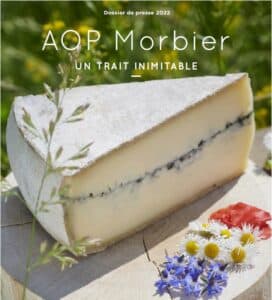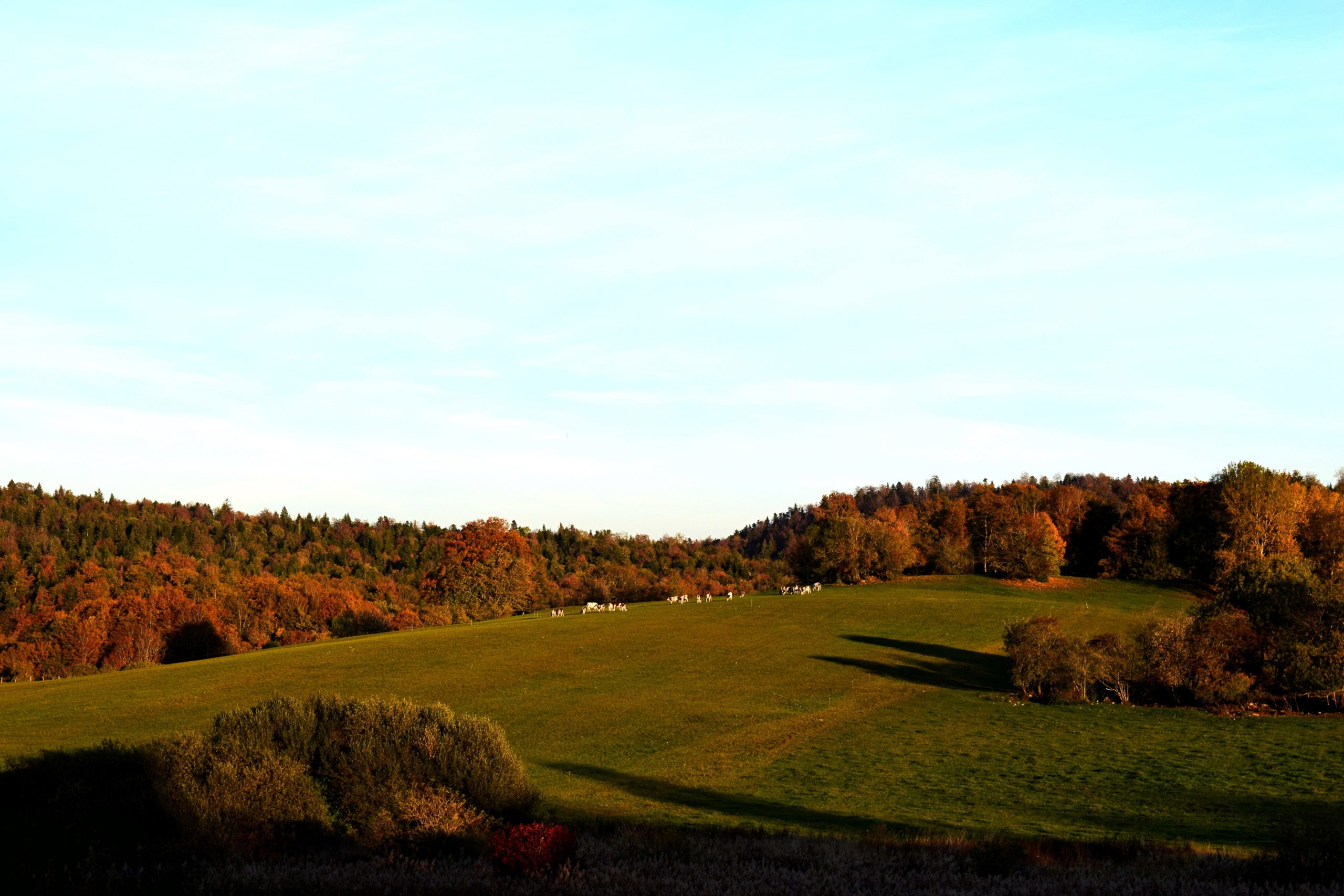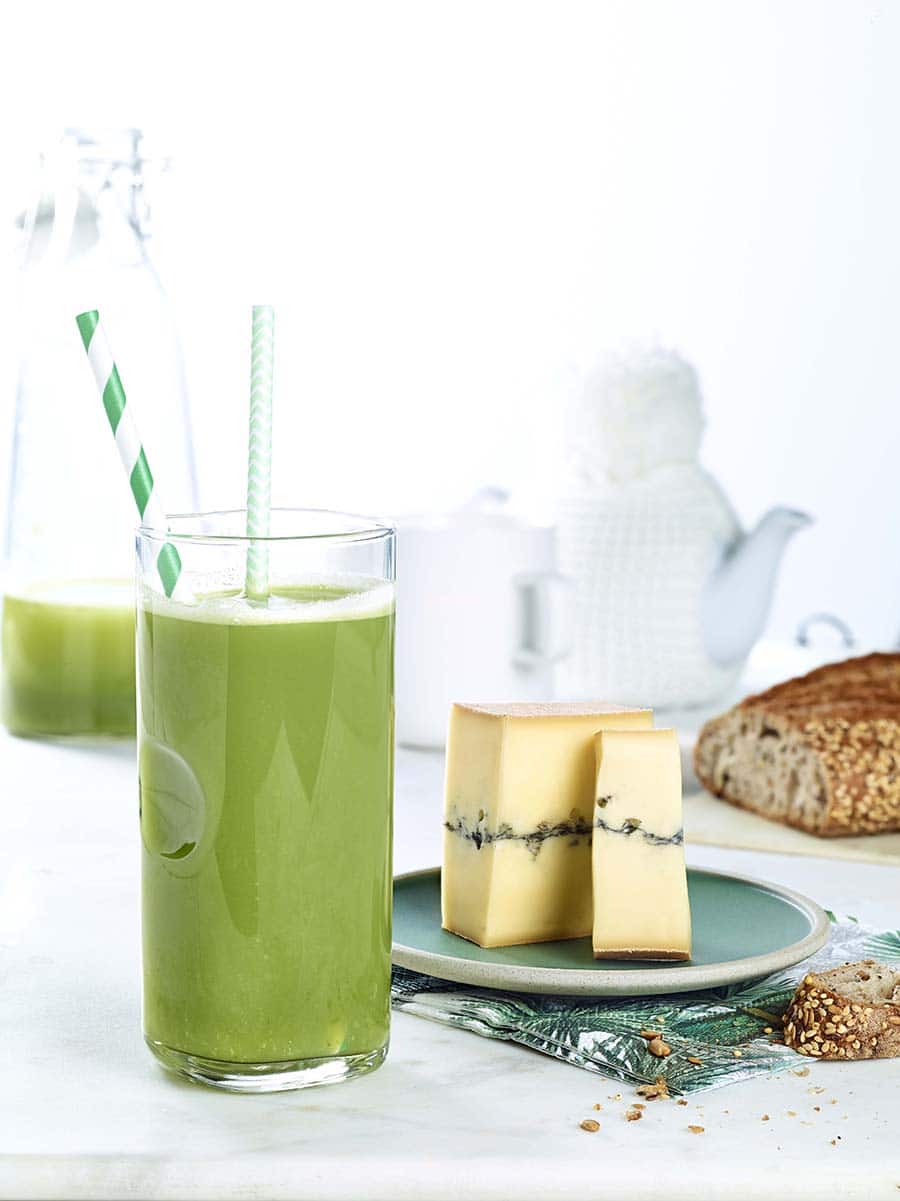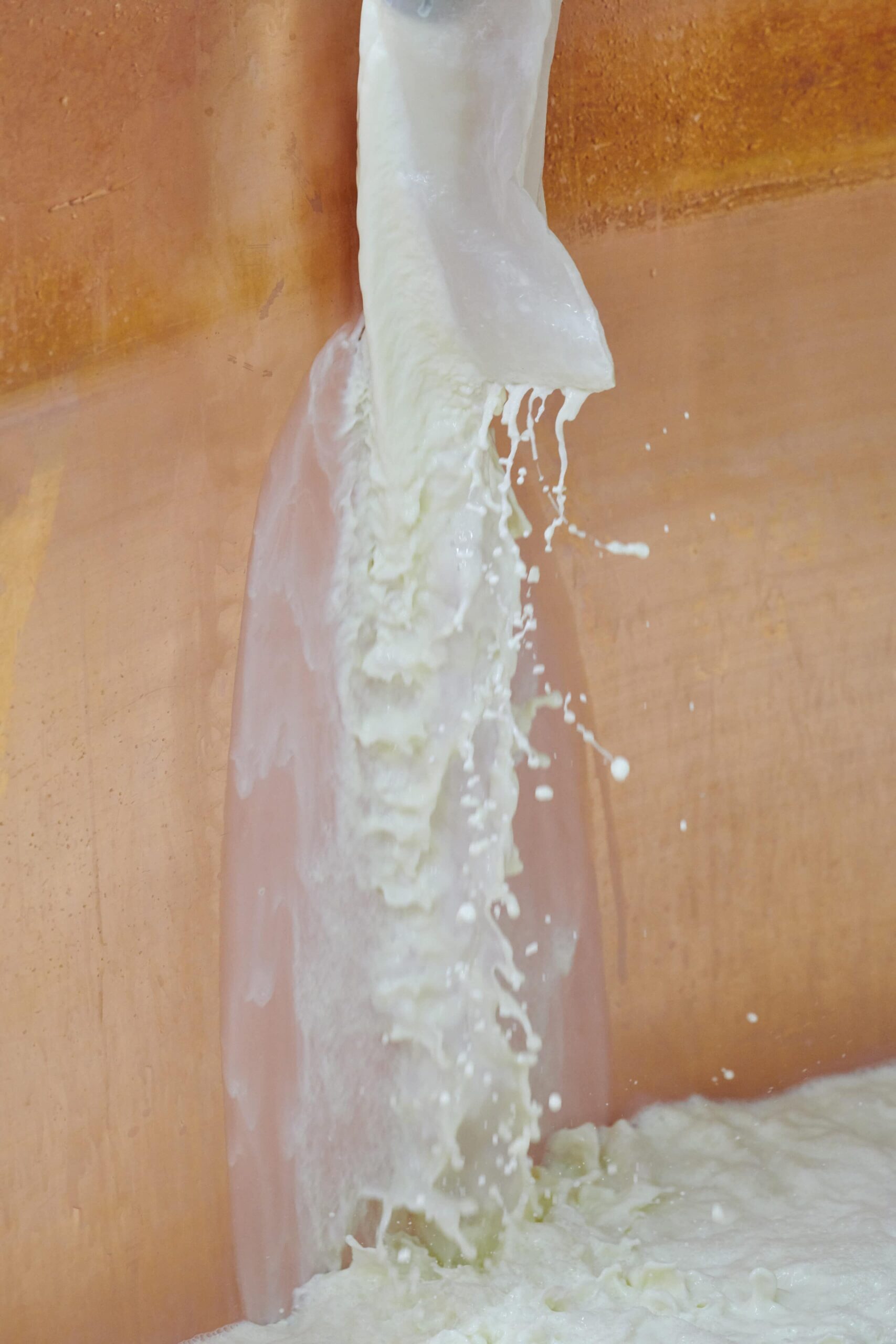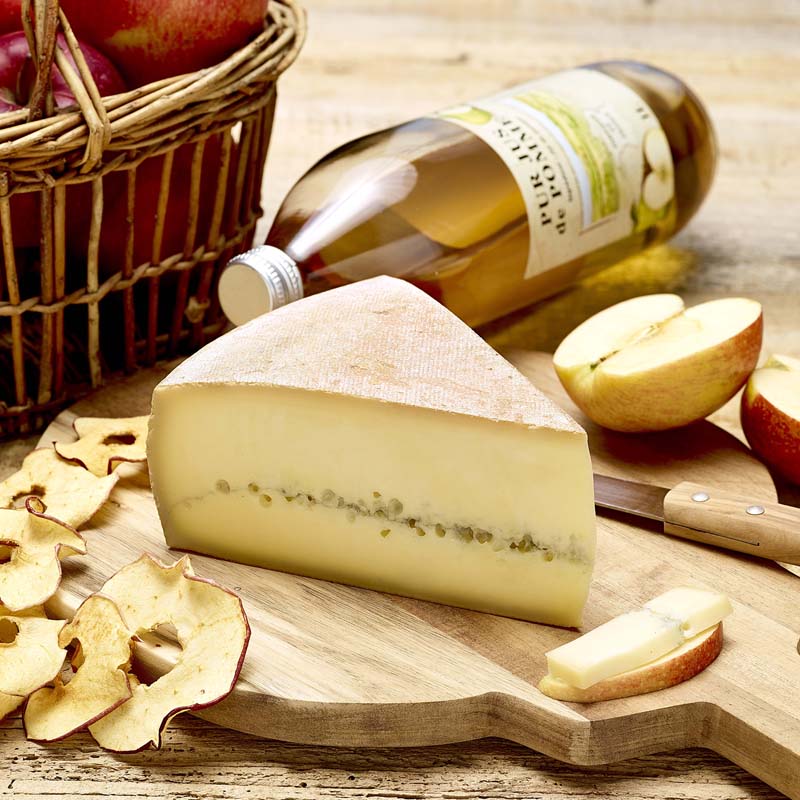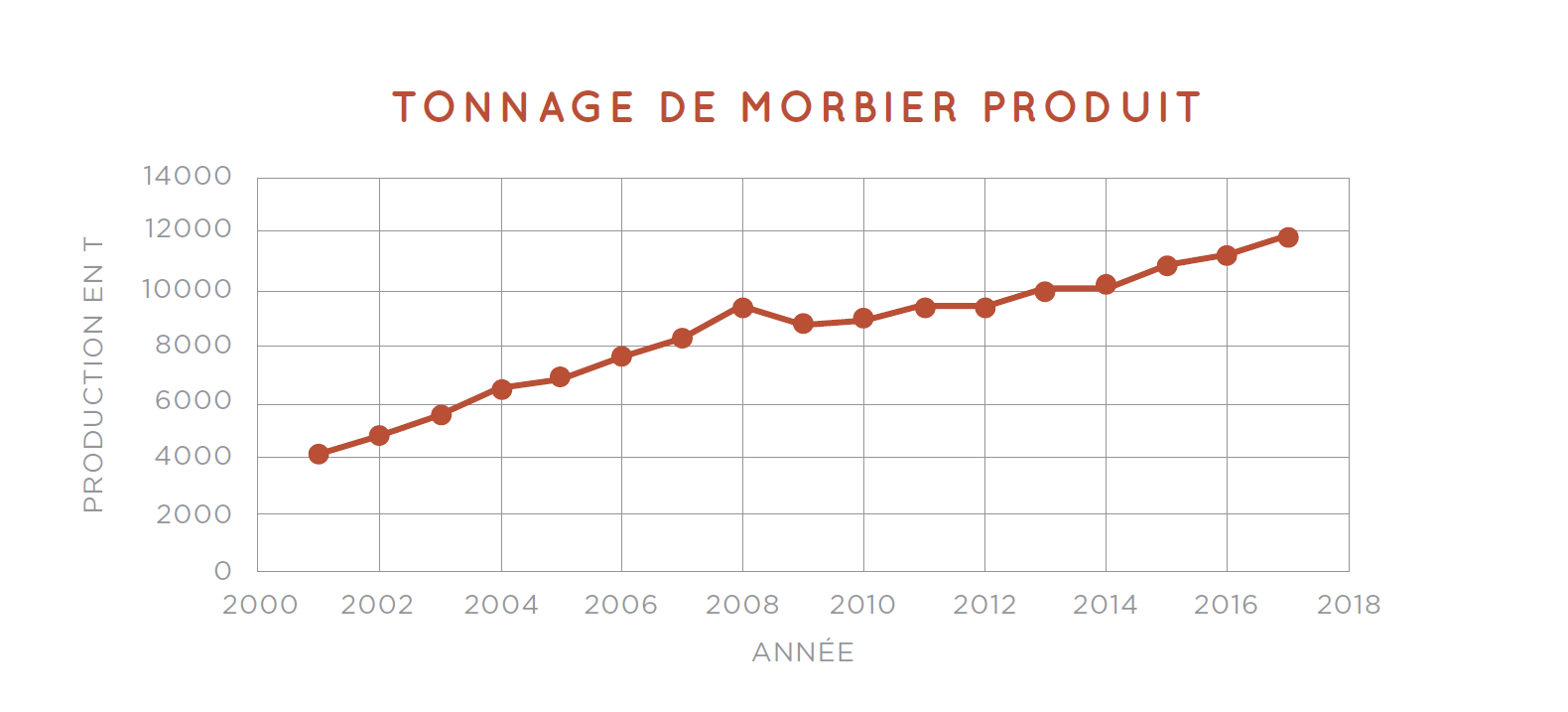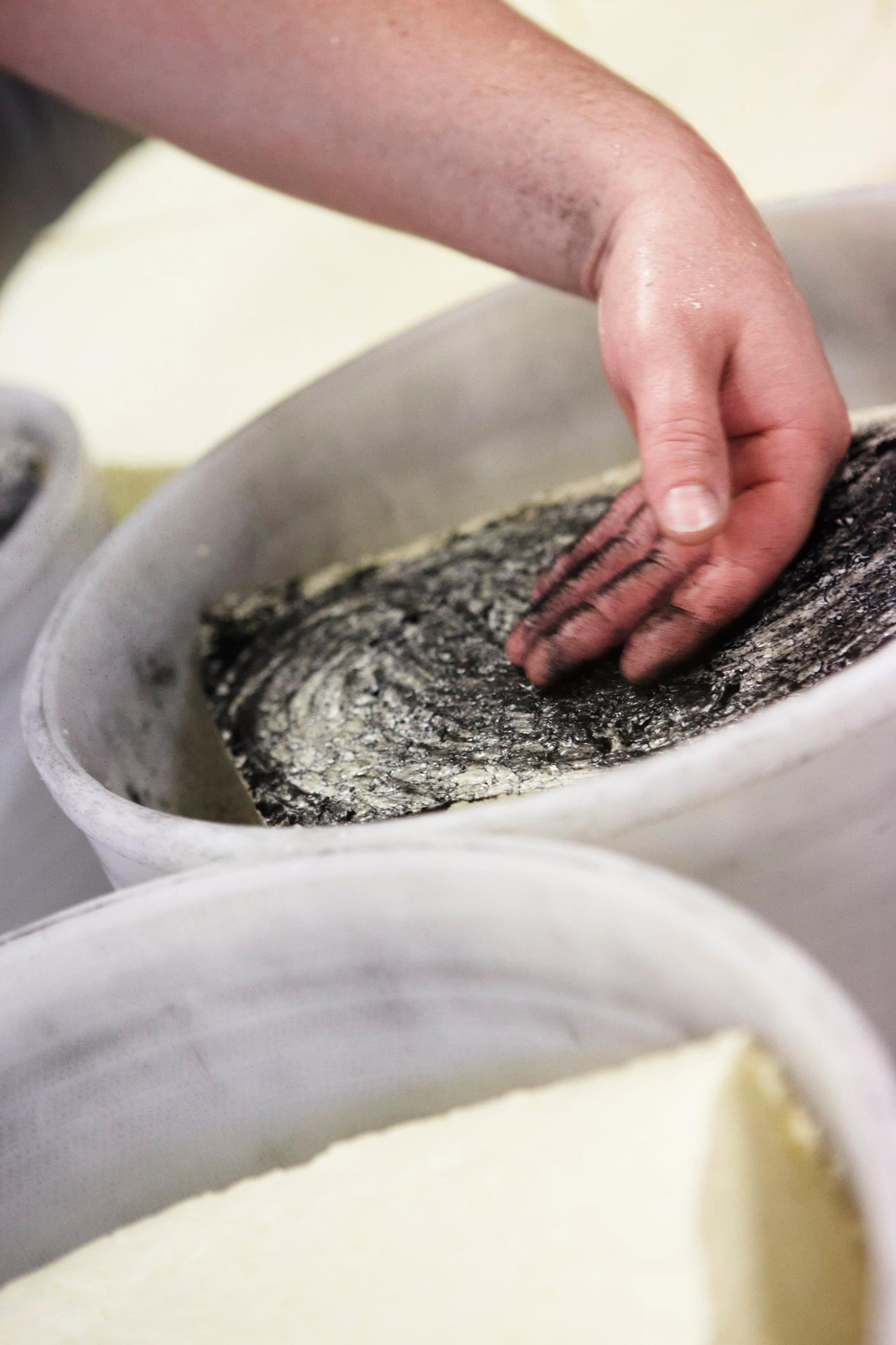Press releases
Communiqués de presse
Dossiers de presse et logos
Photos
Privacy policy
Who we are?
Our website address is: https://www.fromage-morbier.com/
See the Legal Notice for more information about the owner of the website.
Use of personal data collected
The Morbier cheese inter-professional workers’ board is committed to ensuring that the collection and processing of your data, carried out from the www.fromage-morbier.com website, complies with the General Regulation on Data Protection (GRDP) and Data Protection Act.
Contact forms
When you send us a message via the form on our site, we ask you for the necessary contact information to be able to answer you. This data will not be used for any other purpose and is sent to us by email.
Each form limits the collection of personal data to the strict necessary (data minimization) and:
- The purposes of the data collection are clearly displayed on the form(s)
- The mandatory or optional data are clearly indicated for the management of your request
- The Morbier cheese inter-professional workers’ board is the only one to have access to these data on the basis electronic mail
- No data will be transmitted to third parties
- The data is kept for the time necessary to process your request
Cookies
Targeting cookies are related to services provided by third parties, such as the “Like” or “Share” buttons. These cookies are placed by third parties.
When you first visit the site, a banner informs you of the presence of these cookies and invites you to indicate your choice. They are deposited only if you accept them or if you continue your navigation on the site by visiting a second page. You can at any time inform yourself and configure your cookies to accept or refuse them by going to the Cookie Management page at the footer of each page on the site. You will be able to indicate your preference either globally for the site, or service by service. The Lemon Pie service is the cookie management service, it uses a cookie to remember your preferences.
Embedded content from other sites
Articles on this site may include embedded content hosted on other sites (for example videos, pictures, articles…). Embedded content from other sites behaves in the same way as if the visitor were on that other site.
For example, these third-party websites may collect data about you, use cookies, embed tracking tools, track your interactions with these embedded contents if you have an account logged in to their website. These websites are responsible for collecting and processing data from the content they host.
Statistics and audience measurement
This website uses Google Analytics to collect statistical data such as pages visited, location of the user, time of visit and more… We only have access to the data usually made available by Google Analytics on its interface. They are completely anonymous: it is impossible for us to identify individuals from the reports at our disposal.
https://developers.google.com/analytics/devguides/collection/gtagjs/cookie-usage
Use and transmission of your personal data
Your personal data will only be used for the purposes for which you provide it to us.
It will not be shared to a third parties.
Duration of storage of your data
The data is kept for the time necessary for the processing for which you have communicated them to us and/or for which you have given us your explicit consent.
The rights you have over your data
If you have contacted us from the site, you can request to receive a file containing all the personal data we hold about you, including those you have provided to us.
You can also request the deletion of your personal data. This does not take into account data stored for administrative, legal or security purposes, nor anonymous statistical data.
These actions will be carried out as soon as possible, subject to technical feasibility
Protection of personal data
We apply generally accepted technological and organizational security measures to ensure that personal data collected will not be lost, misappropriated, accessed, modified or disclosed by unauthorized third parties, unless the communication of such data is required by applicable law, including at the request of a judicial authority, police, gendarmerie or any other authority authorized by law.
Transmission of your personal data
We store your data in the European Union.
If the Morbier cheese inter-professional workers’ board or all or part of its assets are acquired by a third party, the data in our possession will, if necessary, be transferred to the new owner.
Contact information (personal data referent)
Syndicat Interprofessionnel du Morbier
1, rue de la Maison du Comté
39800 POLIGNY
0384373757
Mail : syndicat@fromage-morbier.com
Legal terms
Editor
The owner and publisher of this website is the Morbier cheese inter-professional
workers’ board , whose head office is located at the 1 rue de la maison du Comté,
39800 POLIGNY, registered at Registre du Commerce et des Sociétés of Besançon
with the number XXXX.
Its intra-community VAT number is FR 07408469682.
Host
OVH SAS with a capital of 10 069 020 €
RCS Lille Métropole 424 761 419 00045
Code APE 2620Z
N° TVA : FR 22 424 761 419
Headquarter : 2 rue Kellermann
59100 Roubaix – France
Links to other websites
The Morbier cheese inter-professional workers’ board proposes on its sites links towards third party sites. These links have been established in agreement with the owners of the said sites, at a time when The Morbier cheese inter-professional workers’ board found it relevant to do so, taking into account the contents and services of these sites. The Morbier cheese inter-professional workers’ board be held liable for the content of these sites and for the manner in which it will be used.
Intellectual Property Rights
Access to the Morbier cheese inter-professional workers’ board’s sites gives you the right to private and non-exclusive use of the said sites. All articles, images, or
other documents on this web site are the property of the Morbier cheese inter-professional workers’ board, or are authorized by their owners, and are subject to the copyright and other intellectual property rights.
The trademarks, logos, characters (collectively the “Brand”) displayed on this website are the property of the Morbier cheese inter-professional workers’ board or its partners. No interpretation can be made in favor of a license of use or any right to use the Brand displayed on the website.
The fraudulent use of the brand or any other content of the website is totally prohibited. The Morbier cheese inter-professional workers’ board informs you that it will fully exercise its intellectual property rights and will undertake legal action, including prosecution, if necessary
Unavailability of the sites
The Morbier cheese inter-professional workers’ board undertakes to make its best efforts to ensure that users have access to its sites at all times. The Morbier
cheese inter-professional workers’ board can’t be held held responsible, in the event of unavailability, for some cause that it is.
Realization
Tête de Com Agency
2B rue de l’Église,
25000 Besançon
www.tetedecom.eu
Illustration
Divino Conseils Agency
www.divino-conseils.com
All the Morbier recipes
The gourmet line
Unmissable
recipe ideas
Morbier can be enjoyed all year round, simply with a selection of cheeses or a slice of good bread. It is a mild cheese that melts very well and goes with many dishes. It is stunning on a pizza, in a pie or as a raclette. It should be left at room temperature for at least thirty minutes before tasting. It goes very well with fruit or with a white Jura wine. Morbier is a stroke of genius in the kitchen!
Nutrition & health
The healthy line
Morbier,
a food for pleasure
and health
Let’s face it, Morbier is first of all good for the mental health of cheese lovers, tasting this smooth cheese is bound to make you happy. And rejoice, it is also good for your physical health as a source of calcium, protein, vitamins and minerals.
Calcium & the right nutrients
Calcium is essential for building and maintaining bone capital. Derived from cheese, it is particularly well absorbed by the body. On average, an adult should consume 900 mg/day. Morbier provides 760 mg per 100 g. Like all uncooked pressed cheeses, it is a calcium ‘superfood’.
Proteins and vitamins A and B are major elements for the body’s immune system. They are good for the manufacture, growth and renewal of cells. With around 23.6 g of protein per 100 g, Morbier is an excellent source of protein. It is also very rich in minerals (phosphorus, magnesium, zinc).
Consumed in moderation, 30 to 40 g per meal, Morbier fits perfectly into a balanced diet.
Morbier, an PDO cheese made from raw milk
Morbier is a cheese made from unpasteurised milk, this is a requirement for the PDO and for its unique local taste. In addition to their rich flavour, unpasteurised cheeses provide many health benefits, as they are a living product. They are beneficial for the human intestinal microbiota, which is believed to play a role in reducing the risk of allergies and respiratory infections. However, there are a few guidelines concerning unpasteurised cheese for people with weakened or immature immune systems.
The history of Morbier
The unique Morbier line
The black line in Morbier,
a stroke of genius
There is always a legend behind a product. Morbier’s legend says that a gust of wind spread ash over the cheeses as they were draining. The reality is more pragmatic.
Morbier cheese takes its name from its home village: Morbier. “Morbys”, “Bys” or “Bief” in the local patois meant a small stream which flowed from above the village.

Morbier cheese was born in secret at the end of the 18th century. At that time, the local Franche-Comté people delivered the milk from their cows to the village cheese dairy to make Comté. The harsh climate sometimes hampered travel, prompting the farmers to make their own cheese on the farm.
To protect the curd that had been obtained from the evening milking, the farmers covered it with ash taken ‘from the bottom of the pan’. The following day, in order to obtain a larger cheese, they covered the first curd with that from the morning milking. A delicious cheese with an ash line was created. Today, the Morbier black ray is made with vegetal charcoal.
Relocation
After the Second World War, especially from the 1960s, Morbier had an astonishing rise. The cheese was discovered by hundreds of students from the École Nationale de l’Industrie Laitière (ENIL), the dairy industry school in Poligny, who come from all over France. Once they had completed their studies, seduced by this cheese, many students returned home and started making Morbier.

Gradually, more Morbier was made outside its birthplace, most often with pasteurised milk. Morbier was experiencing a little-known word at the time: relocation. To counter this movement, the Véritable Morbier de Franche-Comté label was created and then Morbier obtained the AOC in 2000, which gave it its noble status and European-wide protection: the PDO, which was obtained in 2002.
The historical line
The first written records
of a cheese called ‘Petit Morbier’ weighing 18 to 22 pounds (8 to 10 kg).
Precise description
The description of this new cheese became more precise:
“… of cheeses made in the manner of Gruyère with thicker texture, without holes and marbled by a line.”
Baptism of "Morbier"
It was made according to traditional expertise by the farmers of Doubs and Jura.
Obtaining the AOC
This certification officially recognised the ancestral history, practices, region and terroir of Morbier.
The Appellation d’Origine Contrôlée, or Controlled Designation of Origin, defined the production area and rules, within the specifications.
Obtaining the PDO
The Appellation d’Origine Protégée, or Protected Designation of Origin, provides a guarantee at European level to all the products that have an AOC.
Tastes & flavours
The unique tasty line
A whole range
of flavours
The Morbier PDO defines a range of flavours and aromas in this unpasteurised cheese, but many elements can vary its taste and produce a very rich aromatic diversity. The micro-terroir, the expertise of the cheesemaker, the season or even the maturation time will influence the smell. Dairy aromas of cream or yoghurt are often found in young cheeses while older cheeses become fruity and can gain in intensity and character.
Morbier, a cheese made from raw milk, rich in flavours
Morbier is a local cheese made from raw cow’s milk. Milk is described as raw when it has not been heated above 104 °F (40°C) before being used in the production process. In this state, it is a rich and living material that preserves all the micro-organisms naturally present in milk: a pure concentrate of biodiversity called bacterial flora.
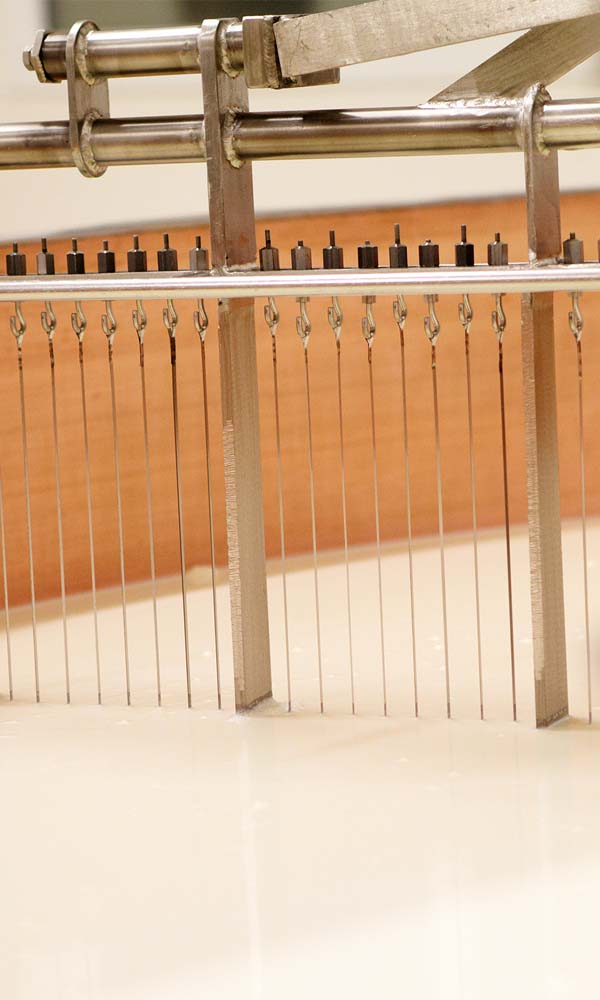
These good bacteria give the typical aromas and the unique taste in each Morbier.
A raw milk cheese contains between 100 million to 1 billion micro-organisms per gramme, from more than 100 different species! By comparison, an individual’s gut has around 200 different microbial species.

The mechanisms are not yet well defined, but the floral composition of the meadows, the seasonality and the farm practices are all factors that play a role in the bacterial composition of milk. The “micro-terroirs” within the Morbier PDO production area are then reflected across a great diversity of Morbier with very distinct tastes and aromas.
At each stage, whether in the breeding, manufacture, or ripening, those involved ensure the standards for the milk and cheese are maintained in order to provide consumers with healthy, safe and tasty produce.

Morbier,
a rich aromatic diversity
The perception of a food’s taste is a complex mechanism. Flavours such as salt are perceived through receptors on the tongue. The aromas or flavours are detected via the retro-nasal passages between the mouth and the nose. The taste results from the combination of flavours and aromas. Like oenology, tasting Morbier reveals a great diversity of flavours within the Morbier PDO. A Morbier PDO must have a frank taste and balanced flavours. There can be numerous complex aromas. With dairy, caramel, vanilla and fruit nuances, the aromatic palette is enriched as it ages with roasted, spicy and vegetal nuances. The age and the Morbier’s original dairy will have an impact on its taste.
Each wheel being different, the best way to choose your Morbier is to taste it! When this is not possible, the maturation times can help you make your choice. A young Morbier, 45 to around 60 days old, will generally be very smooth and lactic. A fruity Morbier, after between around 60 and 90 days of maturation, will develop aromas of vanilla, caramel and fruit. The most distinctive cheeses, with over 100 days of ripening, will have more strength and character.
PDO Morbier board
The committed line
An invested group
Since its creation, Morbier PDO has been managed by an inter-professional workers’ board which brings together all those involved in the sector. The PDO Morbier Board headquarters are located in Poligny, in Jura.
In fewer than 15 years, those in the sector have contributed to strengthening the cheese culture of Franche-Comté, allowing many cheese dairies to participate both in the active rural economy and in the promotion of the Jura massif.
The Morbier PDO region
THE CHEESE DAIRIES AND AFFINEURS
Click on the map to see the contact details and practical information for the selected cheese dairy.
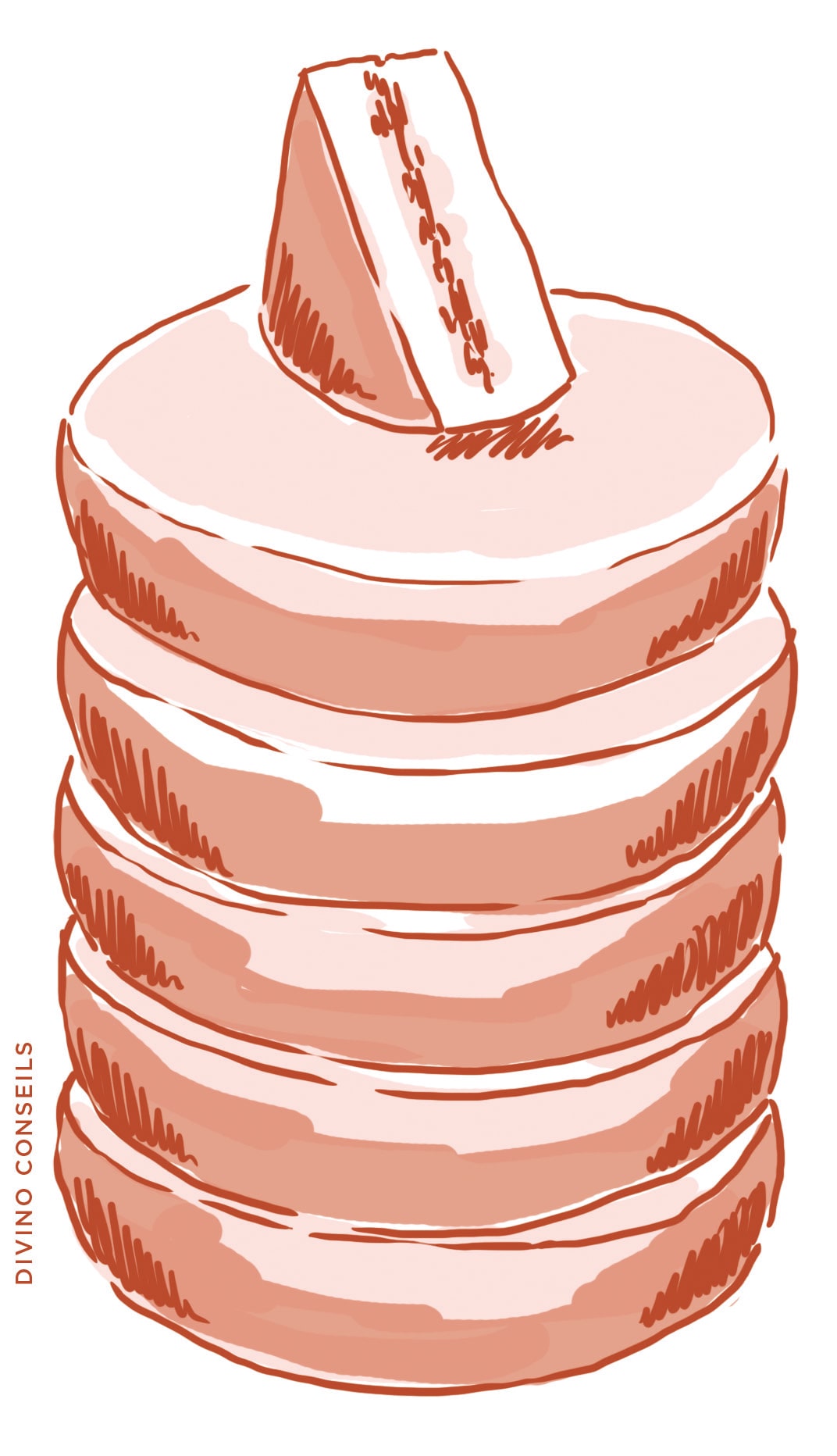
Around fifty dairies and ten refiners now produce more than 11,000 tons of Morbier per year.
About 2,000 breeders can produce milk that meets the criteria of the Morbier PDO.
Every day, in each Morbier wheel, the producers leave their own mark. At the same time, more than ever before, we must ensure that our cheeses have irreproachable health standards and ever-improving taste and diversity.
Morbier production step by step
The unique artisan line
Controlled
manufacture
Morbier concentrates the talent and expertise of all those involved in the sector: farmers, cheese makers and affineurs. Since obtaining the PDO, Morbier production has been growing steadily.
Production, which stood at 3,065 tons in 2000, has now reached 12,000 tonnes.
All the stages in the production process must be carried out within the appellation area and comply with the rules listed in the PDO specifications. The farms and cheese dairies are monitored internally by the Morbier group and externally by a Bureau Veritas certification body.
Morbier wheels are taken from cheese dairies and rated for appearance and flavour by an expert tasting jury. These sessions, called the organoleptic examination committee, ensure that the cheeses correspond to the Morbier PDO requirements.
The different stages
of Morbier AOP production
1 | Milking
Montbéliarde and Simmental cows are milked twice a day every day during their lactation period. On average, a Montbéliarde gives 20 litres of milk per day.
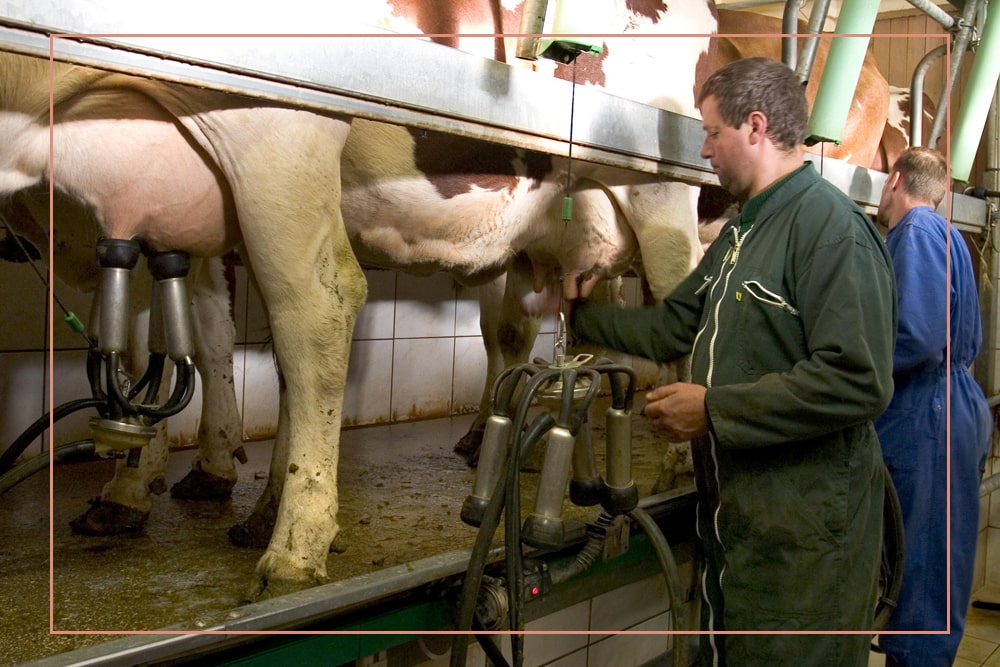
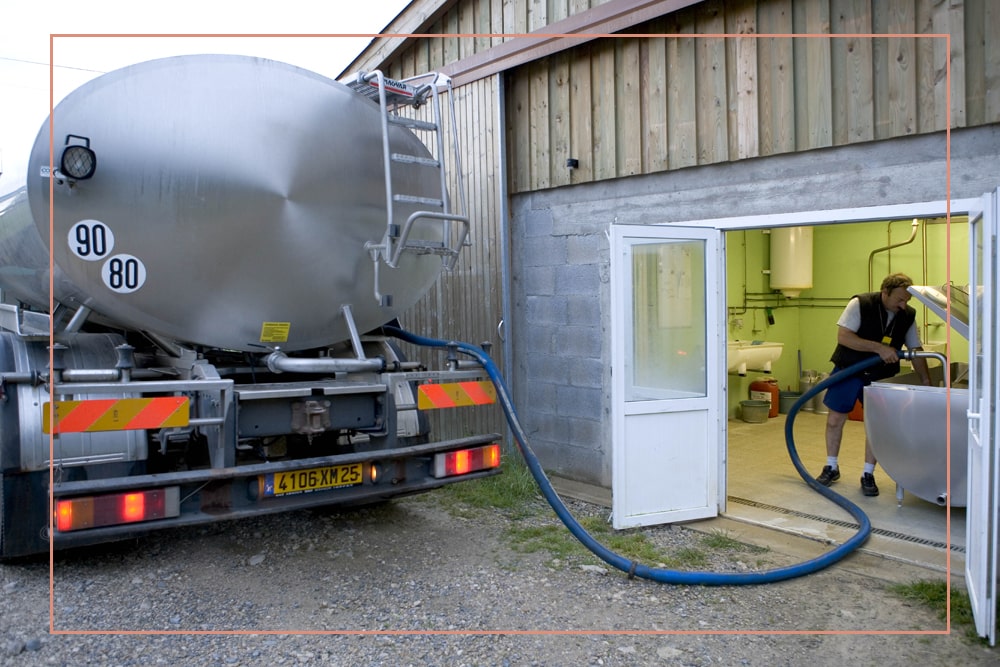
2 | Collection
The milk is collected from the farms and transported to the cheese dairy daily. The cold chain is respected and, before each use, the equipment (tank and pipes) is rinsed and cleaned.
3 | The vat
After the collection, the milk is placed in a stainless steel or copper vat and lactic ferment is added to make it acidic.
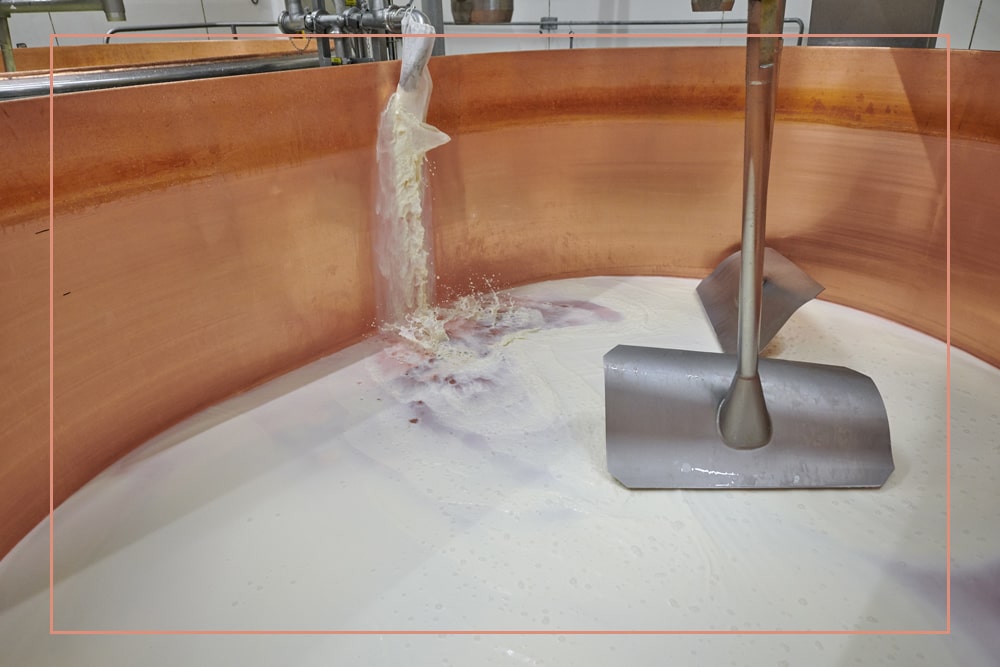
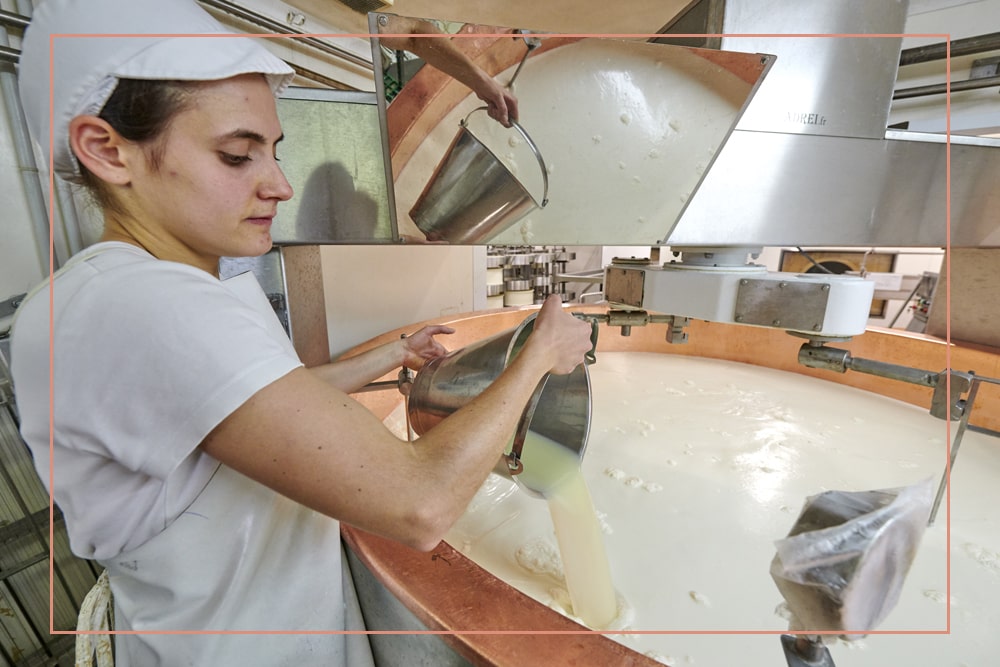
4 | Renneting
The milk is gradually warmed up to a maximum of 104°F (40°C) and then rennet is added to make it curdle. This results in 2 products: a solid - the curd and a liquid - the serum or whey.
5 | Decurdling
The curd is cut into pieces the size of a cherry and stirred to help it drain. The cheese maker assesses the texture and size of the pieces manually.
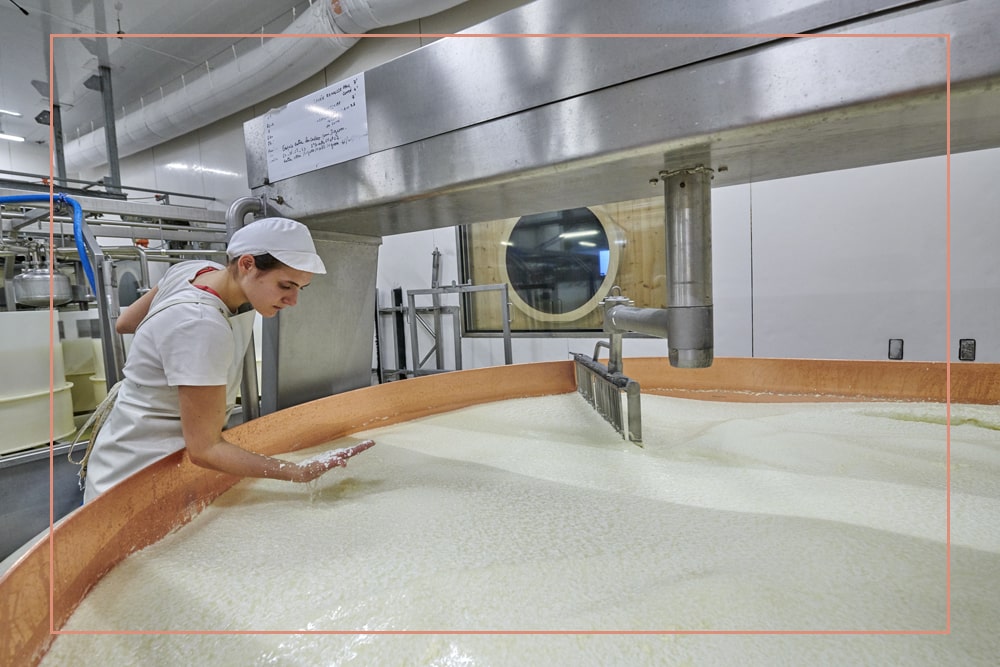
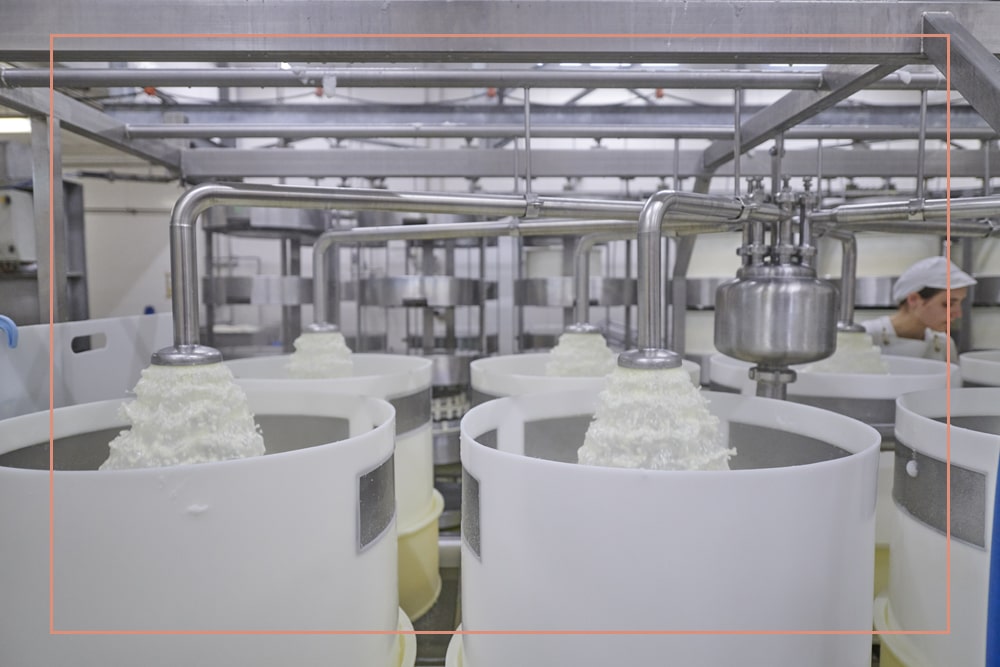
6 | Pre-pressing
In order to obtain the smooth and fine texture of Morbier, the cheese maker replaces part of the whey in the vat with water (salted or natural), removing the lactose. Then the curd-whey mixture from the vat is transferred to the pre-pressing moulds.
7 | The addition of vegetable charcoal
After pre-pressing the pieces of curd are placed in moulds and are cut into two halves. This is when the charcoal is placed on one of the halves.
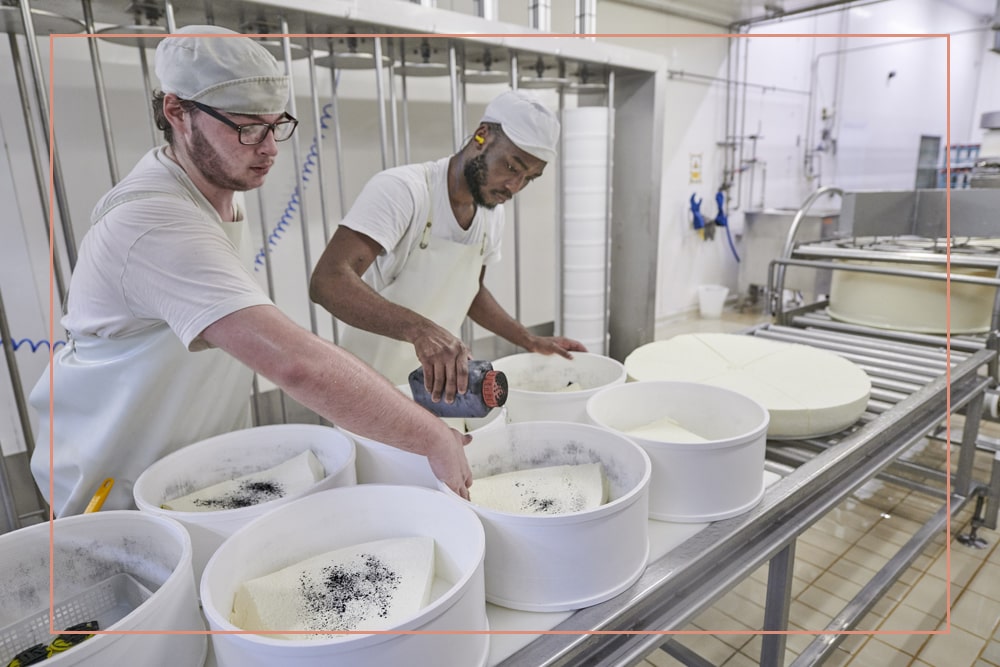
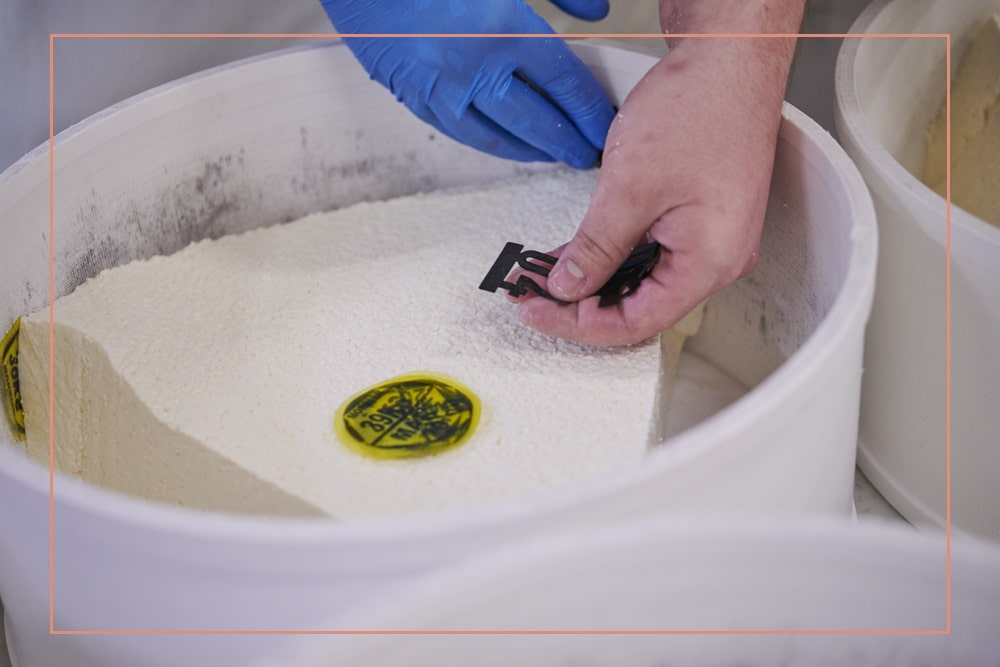
8 | The cheesemark
The cheese maker places the regulatory cheesemark on each cheese indicating the number of the dairy, the name Morbier, and the month and year of manufacture.
9 | The press
The cheeses are put in a press for a few hours then unmoulded.
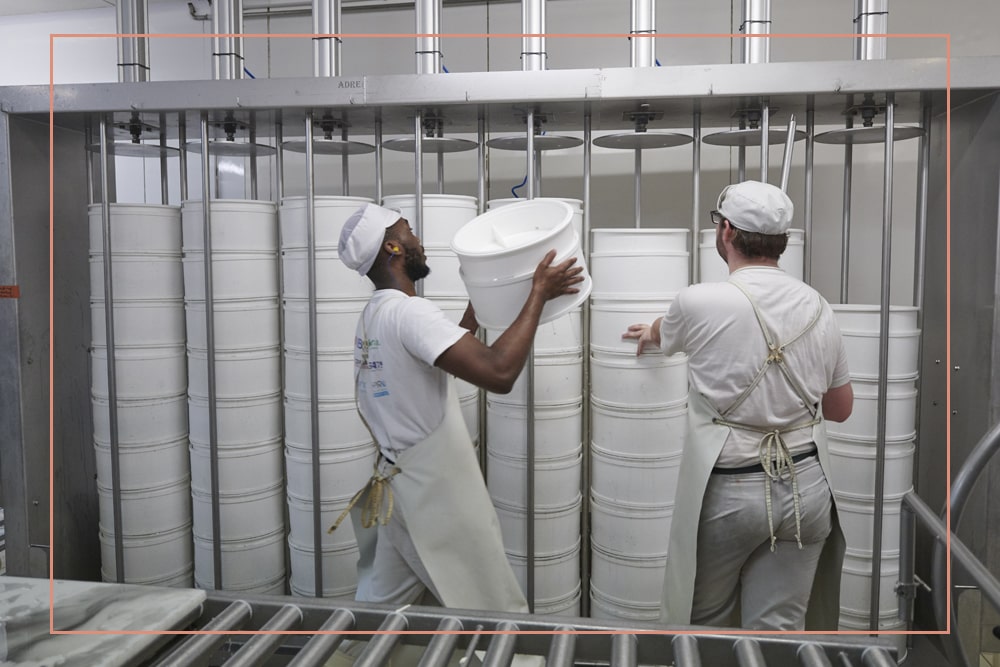
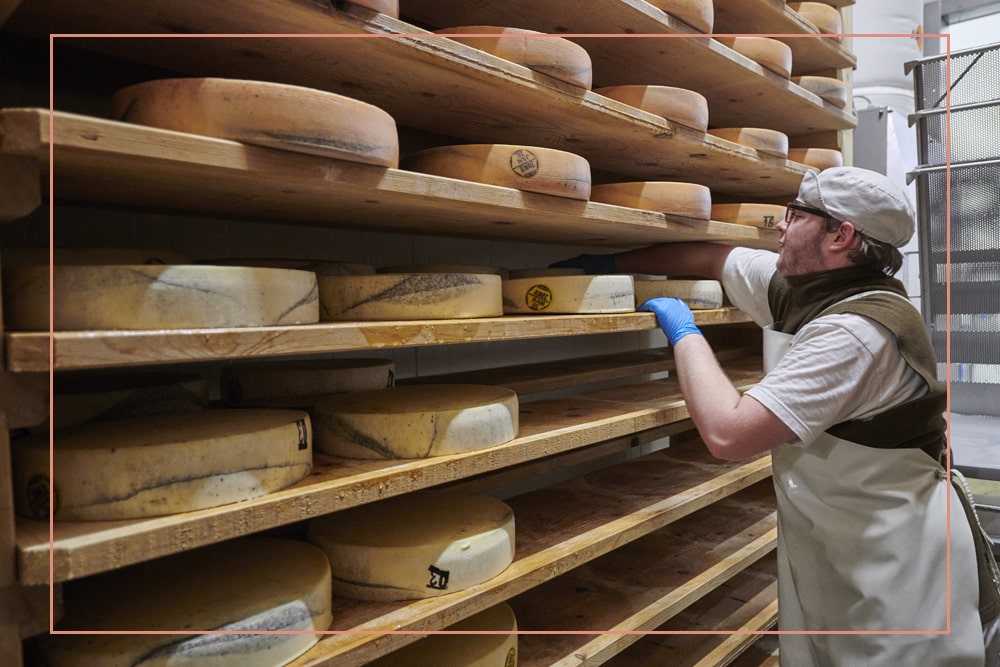
10 | Maturing
Morbier matures in a cellar for a minimum period of 45 days at a temperature of between 47- and 55-degrees Fahrenheit (between 7 to 15°C). The rind is obtained exclusively by rubbing with salt water and/or by brining (soaking in salt water).
Production conditions
The recognisable line
Morbier PDO
identity card
Morbier is a cheese made from unpasteurised cow’s milk, a member of the uncooked pressed cheese family. It comes in a 12 to 16 inches (30 to 40 cm) diameter wheel, 2 to 3 (5 to 8 cm) inches thick, weighing between 11 and 18 pounds (5 to 8 kg). The rind displays a naturally light powdery pink to orange-beige complexion.
Morbier’s black line makes it very recognisable, it runs horizontally through the centre of the cheese. This smooth and thin cheese sometimes has a few small holes, the size of a flattened currant.
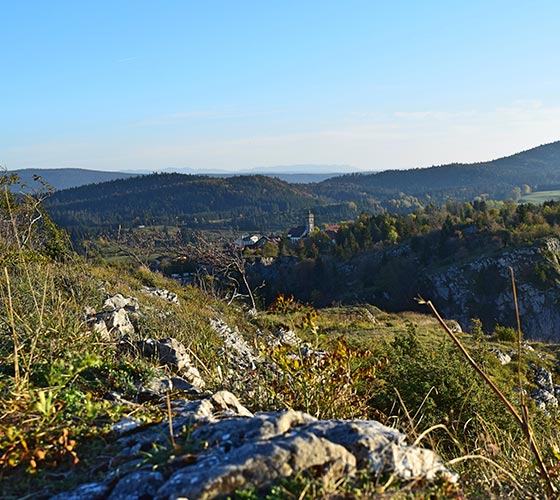
Morbier is a PDO cheese. This European label guarantees consumers that all stages of production up to maturing take place in the appellation’s recognised geographical area. Morbier is therefore a local cheese made in the Jura massif, largely in Franche-Comté (Doubs and Jura) and in a few towns in Ain and Saône-et-Loire. The PDO also provides recognised and verified expertise compiled in specifications available via the link below.
Raw cow’s
milk cheese
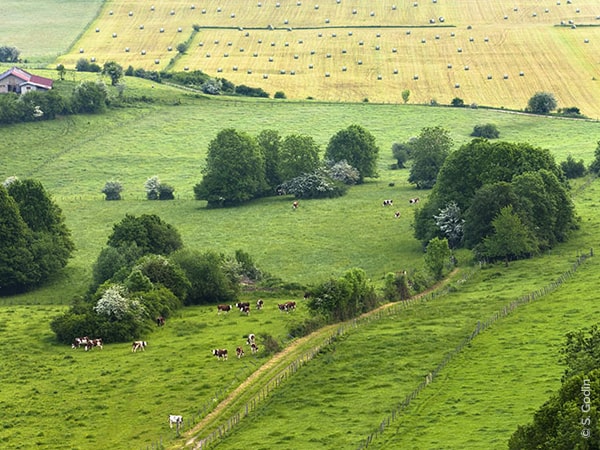
The milk used to make Morbier comes exclusively from the local Montbéliarde and Simmental Française breeds. The staple diet of the cows is grass and hay, and excludes any fermented product.
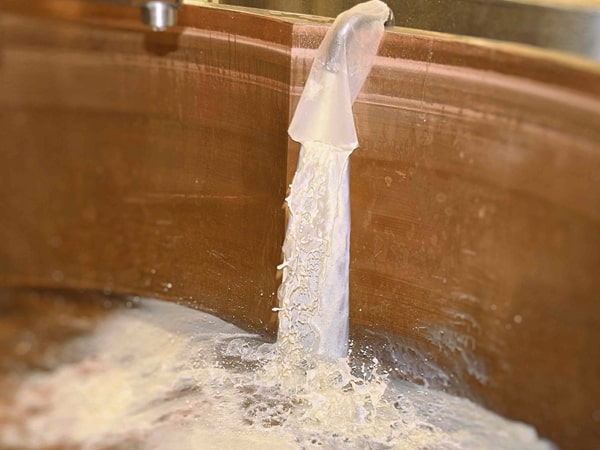
On each farm, the grassland area must be at least equal to 1 hectare per dairy cow. The cows are milked twice a day at regular times. The milk is transported and cheese produced daily.
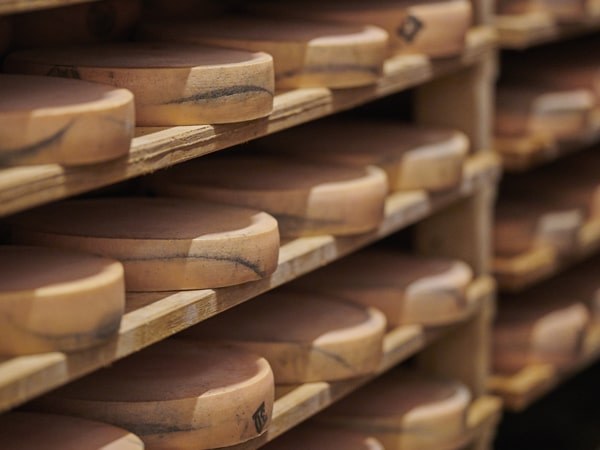
Morbier is an uncooked pressed cheese made exclusively with unpasteurised milk. Morbier is matured in a cellar for at least 45 days, or more: 2, 3 or 4 months.


